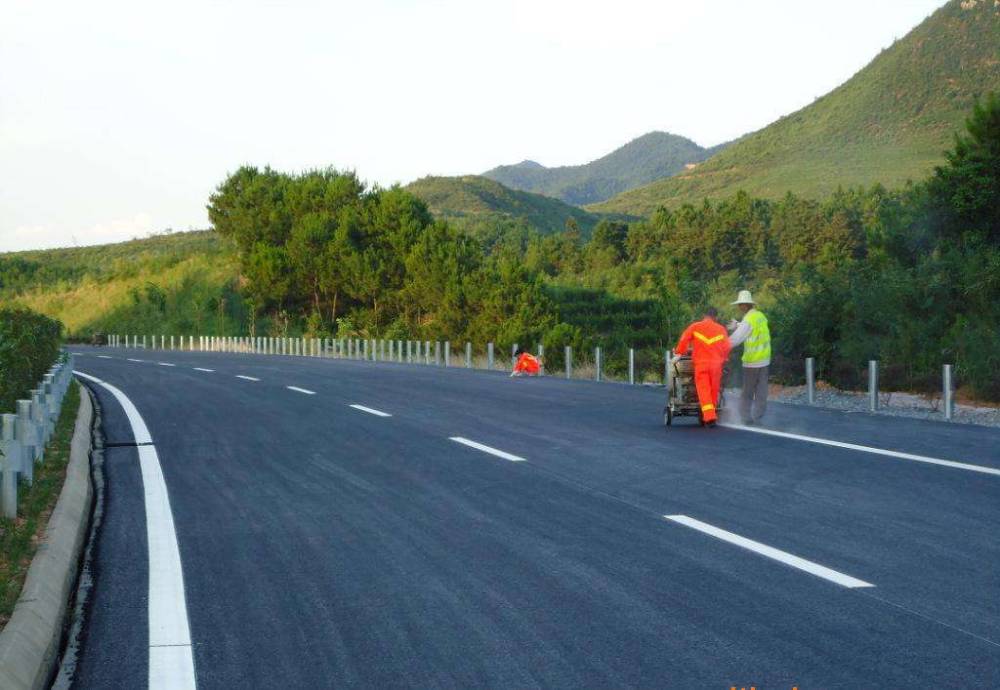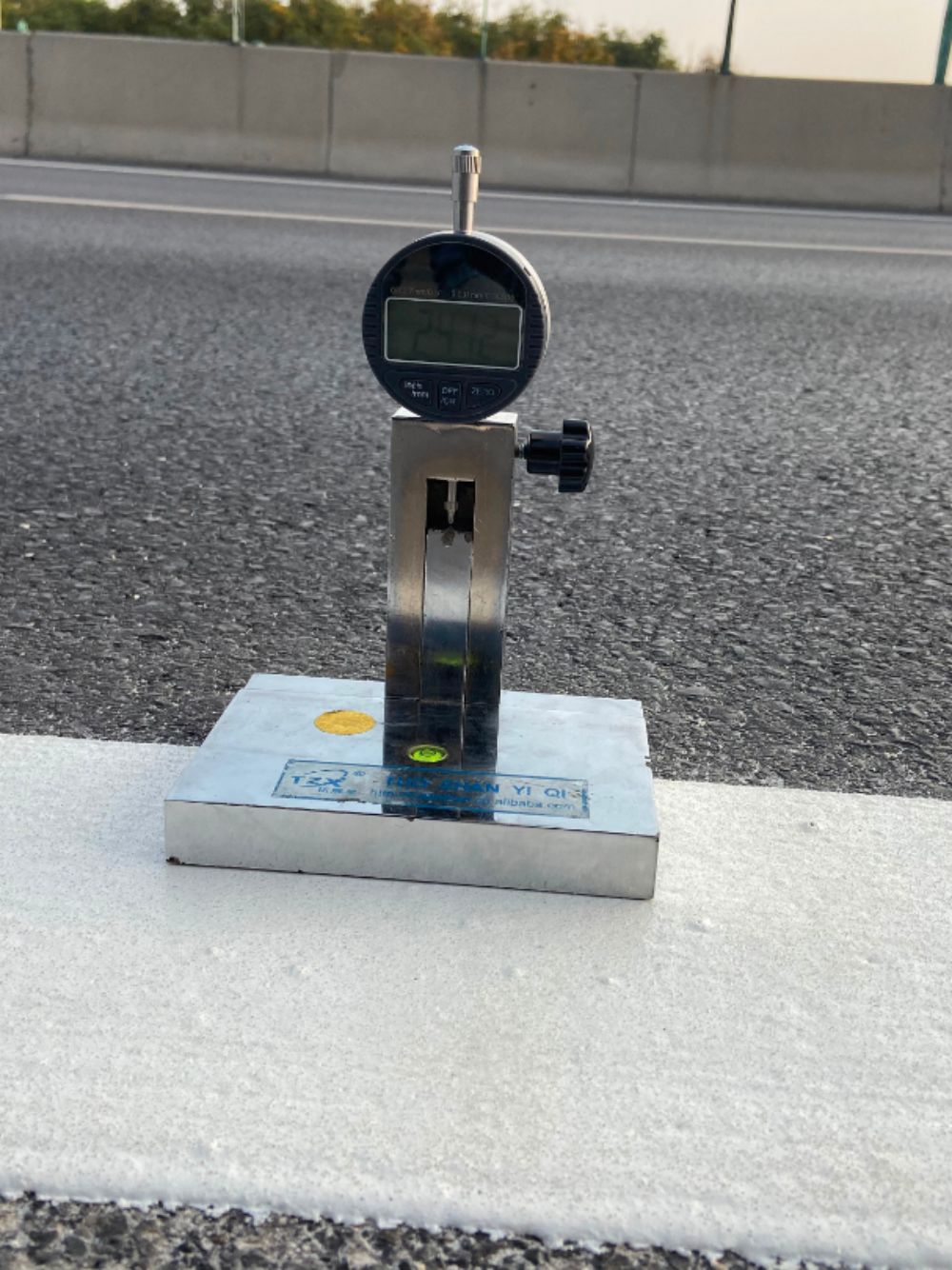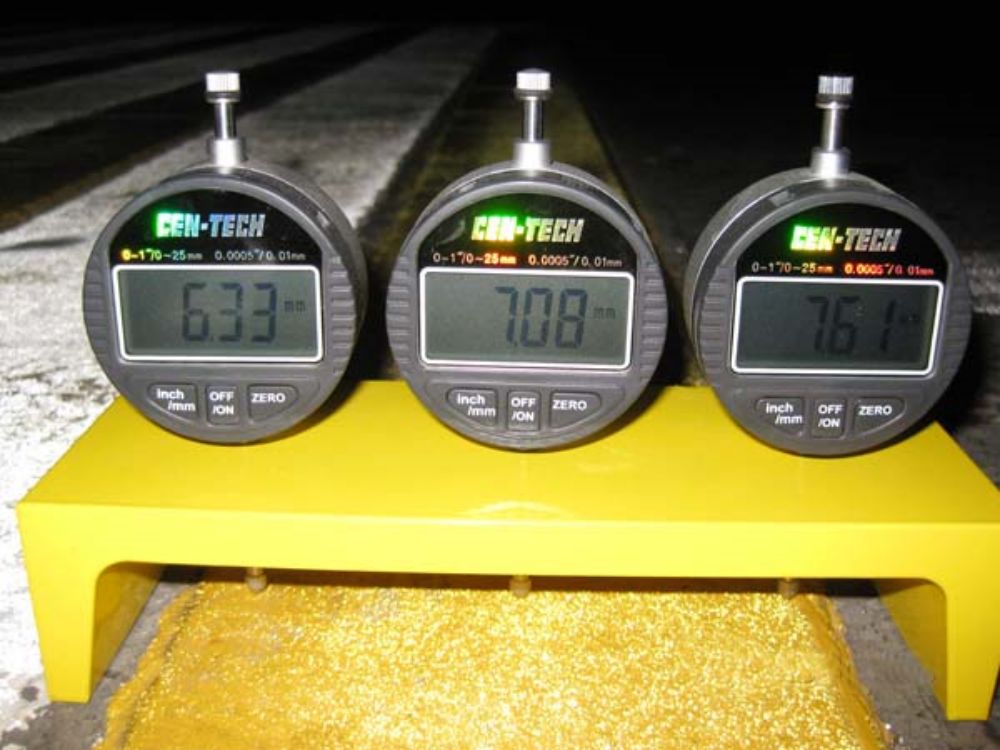In other words, it is the consumption of paint under the unit construction area, which is an important item that involves the cost accounting of the project. Generally speaking, the manufacturer of thermoplastic road marking paint can not give accurate data, this is because paint performance, marking thickness, road conditions, marking equipment performance, process control in the normal loss and other factors will cause different degrees of influence on it in the actual construction process. According to real construction experience, the normal level of hot applied thermoplastic paint consumed per square meter is 4~5 kg.
In the case of using the same paint, the following analysis of several common cases of increasing paint consumption per unit area, and the solution, for the user's reference.
1.Under the same construction conditions, hot melt marking construction on the newly laid asphalt pavement will lead to an increase in paint consumption per unit construction area. This is mainly because the newly laid asphalt pavement void is large, the actual construction of hot melt paint will first fill the pavement void, leading to the increase in paint consumption per unit area.

Solution: Within the required temperature range of paint performance, reduce the coating temperature as far as possible, thereby reducing the fluidity of the coating, and reduce the consumption of the coating per unit area appropriately.
2.During construction, the actual thickness of the marking line exceeds the specified thickness of the project, resulting in an increase in paint consumption per unit construction area.

Solution: adjust the marking equipment to avoid the deviation of marking thickness. The standard thickness is 0.7-2.5mm for flat line in China.
3.During construction, the actual marking thickness is not uniform, which may also lead to the increase of paint consumption per unit construction area.

Solution: In most cases, this situation is because the maintenance of construction equipment is not in place, resulting in serious wear and tear of the thickness control parts of equipment, which needs to be replaced or adjusted.

